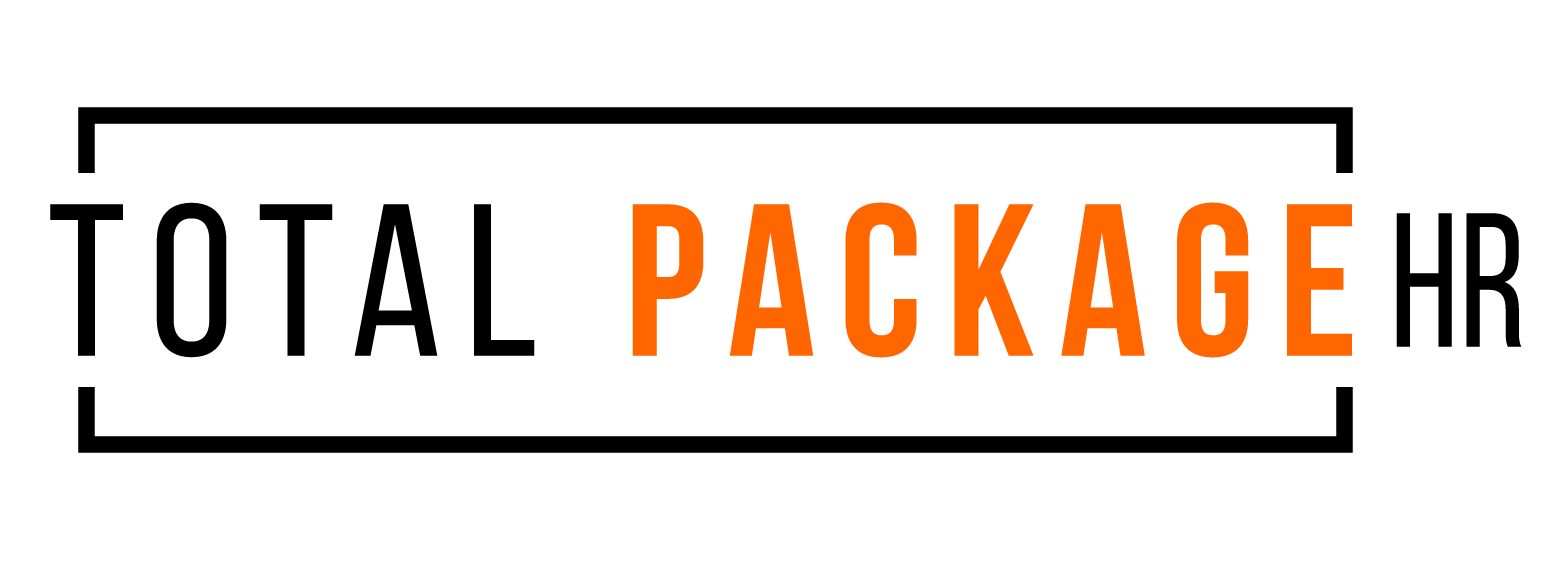OSHA Vaccine or Test Mandate Deadlines are Looming
As of December 17th, OSHA’s Emergency Temporary Standard regarding vaccination requirements for employees has been “un-paused” by the courts. That means employers with 100 or more employees will be required to mandate their staff get a COVID-19 vaccine or have unvaccinated employees undergo weekly testing to detect infection.
Dates to Note
OSHA states that it will begin enforcing workplace vaccination adherence on January 10th, 2022; almost a month later than it was originally anticipated to start. Though the agency is allowing this extra time for employers to catch up, they do state that the grace period only applies to those employers “exercising reasonable, good-faith efforts to come in compliance with the standard.”. In essence, those employers that ignore the OSHA rules set forth in this ETS may still see enforcement actions (i.e. citations).
In a similar vein, OSHA stated that enforcement measures on the COVID-19 testing requirements for unvaccinated employees will start on February 9th, 2022, with the same language regarding that extra time being granted to employers acting in good-faith.
What This Means for Employers
Although there are many cases currently in litigation that challenge the ETS in whole or in part, business leaders should assume that they need to jump on the compliance bandwagon for the rules of this ETS. Though there are never any guarantees in politics or litigation, it is very possible that the OSHA mandate is once again paused or altogether changed.
On January 7th, 2022 the Supreme Court is expected to review the enforceability of the ETS via court hearing. That means that by the ETS’s January 10th deadline for vaccination compliance, the whole thing could be thrown out, still in review, or fully accepted. All we can do is put good-faith effort into following and complying with the laws as they surface, morph, get buried in court, and then surface again.
In the meantime, following are some details to help you prepare.
Who:
“Large Employers” meaning those with 100 or more employees (regardless of full time or part time status) must comply with the ETS.
Employers must count ALL employees working in the US regardless of state, location, division, work from home status, etc. If someone works for you in an employment relationship within the US, they get counted in the tally.
The total does NOT include contractors, staffers from an agency, subcontractors, or other individuals working at your site not employed by you (e.g., a construction contractor with sub-contractors working on their jobsite).
In situations with affiliated business (e.g., FEINs with common ownership, management, etc.) or Joint Employment where Health and Safety is managed at a centralized location, the total of all employees of these separate entities should be combined to assess if the business has 100 or more employees. Because this can get very situation specific, you may want to consult with legal counsel.
If you are not yet at 100 employees, but close, pay attention because as soon as you hire that 100th employee this will apply to you. Also, if you have 100 employees today, but drop below 100 employees in say February 2022, you WILL STILL be required to comply with this ETS.
What:
In summary, the ETS requires Large Employers to create a Mandatory Vaccination Policy OR test employees weekly and require them to wear masks.
There are some very limited exemptions which include employees who are completely isolated from other staff, clients, vendors, the general public, etc. and workplaces that are exclusively outdoors. If you believe an exemption may apply to you, we suggest you seek legal counsel for validation.
When:
All Large Employers must comply by January 10th for the vaccination portion of the ETS, and February 9th for the regular testing portion.
The ETS is set for SIX MONTHS. But, as we have learned throughout COVID, this is likely to change. The ETS is also being actively challenged, so there is a chance it will change form in some way, BUT we won’t know what those challenges will yield until AFTER we must begin complying. So, let’s move forward assuming this is the law for six months.
How:
Now how in the world do we do this? Here are 6 steps to compliance:
1. Create a Policy by January 10th:
- Large Employers may choose to create a policy that requires mandatory vaccination WITHOUT the option to test, OR to create a policy that allows testing when an employee is not vaccinated.
- When Large Employers elect to allow testing in lieu of vaccination, they have until February 9th to begin the testing.
- OSHA has given us some templates here.
2. Collect vaccination status from all employees by January 10th:
a. Employers can collect documentation any of the following ways:
- Take copy of vaccination card, public health record showing vaccination given, or certification from the employee’s medical provider.
- Allow employee to provide an affidavit attesting they have been vaccinated. It is advised that employers should use this option only when the employee absolutely cannot provide evidence outlined above. An employer with “too many” self-attestations likely may trigger OSHA to dig further in the event of an OSHA inquiry. Also, to note – it is a criminal offense for any individual to use a fake vaccination record.
b. Create a log to track these records by employee.
3. Be prepared to produce documentation upon request:
- Employees have the right to receive a copy of their vaccination card/proof within 4 hours of asking their employer.
- Employees also have the right to receive information on the number of workers in the workforce and the number who are vaccinated (just aggregate data). Employers must not release information to other employees on an individual’s status.
4. Determine Who Pays for What:
- Federal OSHA says that employers do NOT have to pay for COVID vaccinations nor COVID testing for employees who chose testing over vaccination. However, state, local, or union requirements may dictate otherwise. Know what applies to your business.
- Understand that the ETS requires that employers give employees up to four hours of paid time to receive the vaccine. It also requires that employers allow employees to use their paid sick leave to recover from the vaccination when necessary.
- Again, State-OSHA programs, union agreements, and even your own policies, may require that you provide compensation to employees greater than what the ETS mandates.
5. Define your Interactive Process:
a. Inevitably, you will receive an employee who requests an accommodation for religious or medical reasons. As employers are required to do under many laws that existed long before COVID (e.g., the ADA, Title VII), an employer must engage in the interactive process when an employee or applicant for employment requests an accommodation.
b. This is a hard concept for many as there is no one-size-fits-all approach to the interactive process, nor a checklist everyone can follow. But there are essentials to the Interactive Process:
- It’s called Interactive for a Reason – we must dance with the employee. This is a two-way dialog. Be cautious about making determinations about an accommodation request too quickly, and without having dialog with the employee outside of their initial request for an accommodation. Go into each conversation assuming there is something you don’t know.
- Collect the employee’s request and applicable documentation.
- For religious accommodation requests, we suggest you create a form that employees can complete to formally submit their request. Our friends at Fisher-Phillips have a free resource anyone can access which includes sample forms.
- For medial accommodations, employees should submit documentation from their medical provider.
- Review the options. This may include specific accommodations suggested by the employee but does not limit you to only review their requests. The employer may also come up with accommodation options to be discussed during the process.
- Don’t be too quick to reach a decision.
- Be sure you can fully articulate your final decision, and you have business reasons behind it. Set aside personal feelings and keep them out of your decision making.
- Seek guidance from HR Pros such as TPPS, and your employment counsel.
6. Stay flexible & alert:
This all can change, and we have yet to hear from many state-run OSHA programs, such as Cal-OSHA. It is almost certain there will be modifications in the weeks to come.
Why:
Aside from the obvious, we are trying hard to keep all our workplaces safe and healthy, and OSHA has some pretty hefty fines for non-compliance. Penalties start at just over $13k for an “other than serious” or “serious” violation, and they start at $136k for a “willful” violation. Penalties are PER violation. So, wait and see, is not advisable as an OSHA violation is sure to yield a 6-figure per employee penalty.






